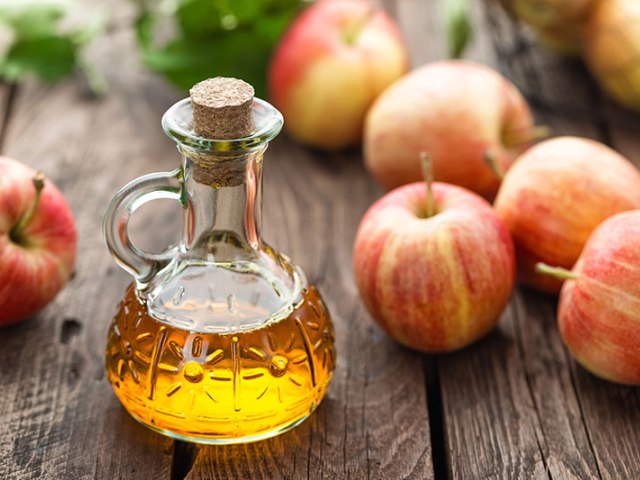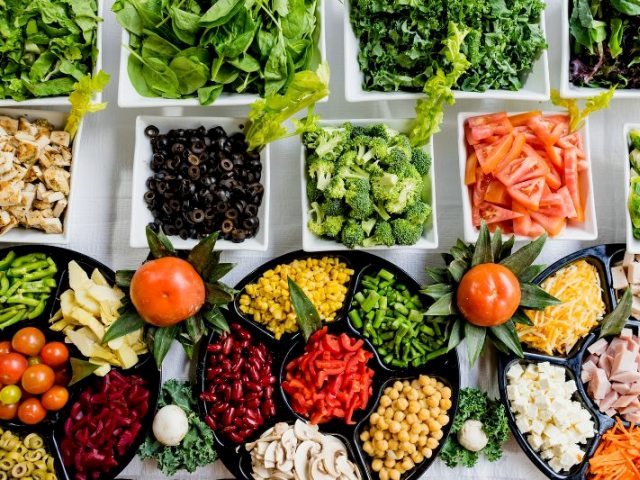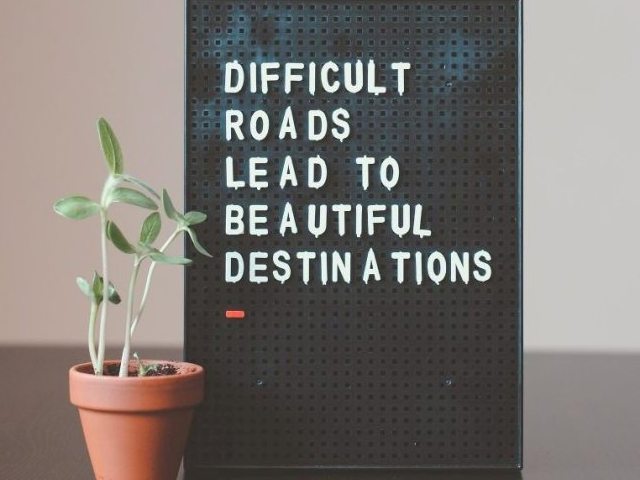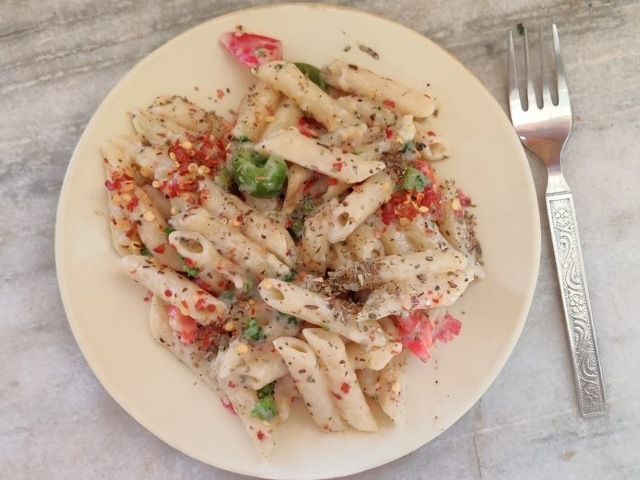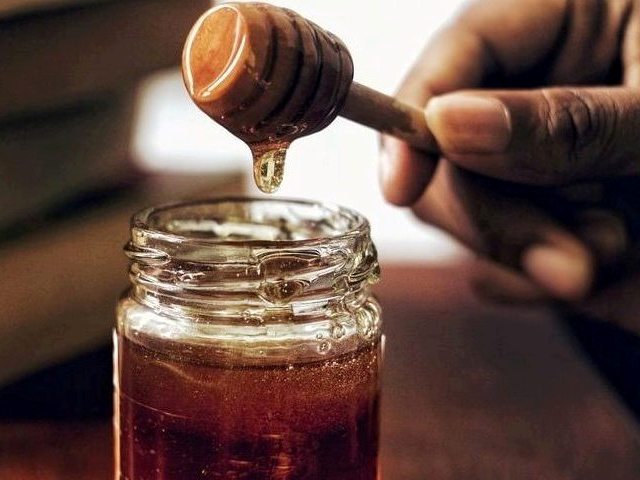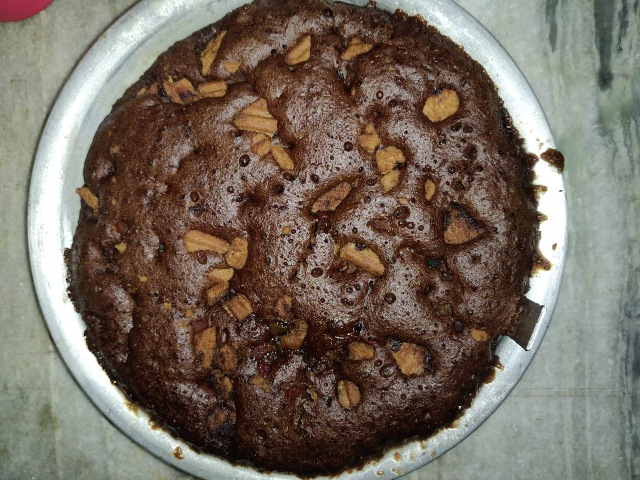Creating a Scottish Garden
‘I dream’d I lay where flowers were springing,’ Robert Burns
Scotland enjoys a diversity of temperate ecologies and some of the best known plants include ferns, scots pines, heathers, bluebells, the spear thistle, primroses and many other varieties of alpine flowers. A typical cottage garden style usually has traditional planting and makes use of natural materials such as wood, stone or iron. There should also be colourful plants and lots of space to grow vegetables.
Scottish Horticulture
Scotland generally has acid to neutral PH levels; therefore, before you start planting chalk/alkaline loving plants in your garden, you will need to find out the PH (acidity or alkalinity) of your own soil. This can be easily achieved by purchasing a soil testing kit online or at your local garden centre. Maintaining a good PH in the garden is a difficult task, so it may be best to grow these types of plants in containers.
Next you must consider your soil quality. In Scotland, the soil ranges from free-draining sand to heavy clay, stony upland to boggy. Working with your native soil will work better for you and your plants rather than enduring the hard task of altering it.
Now that you have the PH levels and soil quality figured out, you are ready to pick some plants for your Scottish garden.
Some raised beds can be made from railway sleepers to form a terrace and can be filled with summer loving perennials, for instance lupines, dahlias, begonias and of course the spear thistle which is the national emblem of the Scots nation and was used on silver coins since 1470.
The planting design of a garden can feature a mix of herbaceous perennials mixed shrubs and specimen trees, such as the Scots Pine and the Common Juniper which are native to Scotland.
A small area can be created for a simple vegetable garden with raised beds for growing vegetables and fruit. Some vegetables that grow well in Scotland’s gardens are potatoes, turnips and lettuces.
Not only will your garden look great with these types of plants, you will be helping wildlife to flourish as well. Some of Scotland’s Butterflies are in serious decline due to the destruction of their natural habitat. Therefore gardens are an important place to conserve some species. Butterflies are attracted to nectar filled flowers like buddleia, this will not only add delight to your garden but will indicate that the environment is healthy.

Garden Textures
A fantastic natural material which adds texture to a garden is the use of natural pebbles, stones or shells to create a gravel path leading from its driveway. This pathway could also lead to a pergola walk decorated with a wrought iron archway covered with climbing roses and clematis.
Scottish Metal Work
Scotland is well known for its architectural beauty, which is probably due to one particular man, Charles Rennie Mackintosh. Mackintosh (1860-1928) was a Scottish architect, designer and artist, and is today celebrated internationally as one of the most significant talents of the late 19th and early 20th centuries.
With this is mind, to maintain your gardens Scottish theme, you could choose metal gates, railings and garden art that incorporates his designs. Mackintosh’s designs are veered towards a more art-deco type home, so choose this type of gate or sculpture if you have a modern type house.
If you have a Victorian style house, you can copy the famous Scottish architect Tom Edington’s designs. This is a much grander type of design which can be seen in the Glasgow Necropolis Victorian Cemetery in Scotland.
Wooden or iron garden art is also very popular in Scottish garden design. You can make use of typical Scottish animals such as the stag or otter perhaps. Incorporating Scotland’s folklore into gardens is also very popular in this country. Faeries and goblins are often used to create a whimsical feel in the garden.
